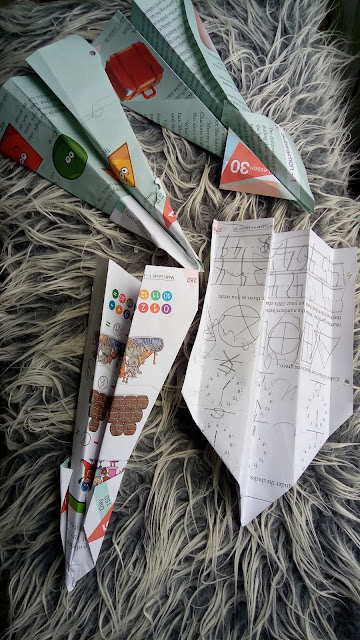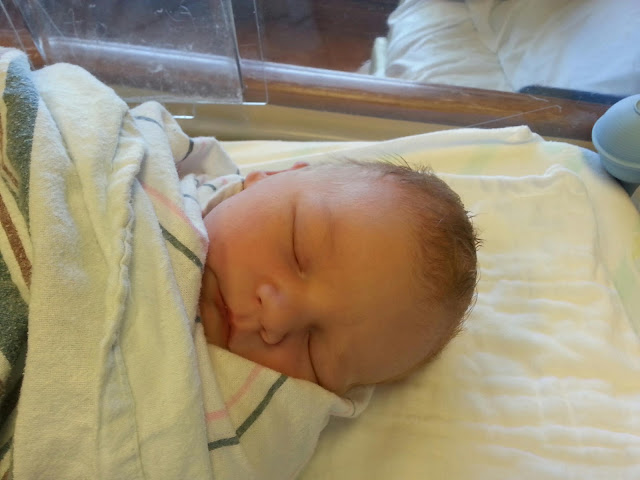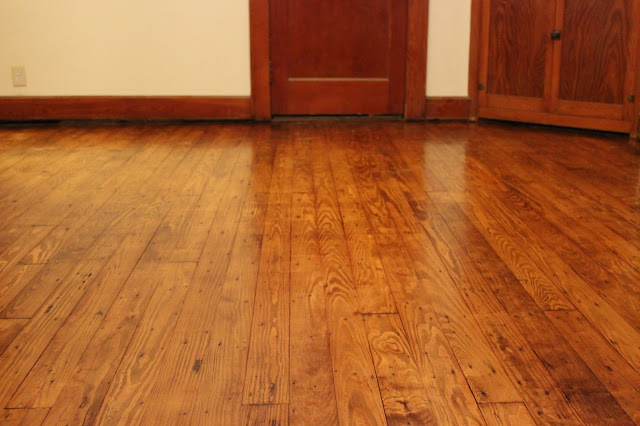This post should have been written months ago, but you know when you finish a project and you just want to be DONE? That was this. Refinishing the piano wasn't something I expected to take this long or be this hard. I have a very simple design upright that I was going to paint a glossy cobalt. The dream was there, but the means were not. First things first: the before pictures.
 |
| What I started with (covered in all the drywall dust because we're running 50,000 projects a day it feels like!) |
 |
| Giant water stains on top. PSA: don't put plants on top of your piano especially if they're potted in terra cotta. |
 |
| So done cutting my fingers on these broken keys. |
 |
| Crackle everywhere. |
 |
| Disassembled. |
 |
| Decades of dust and about a dime's worth of change. |
 |
| Super grateful my keys came numbered! If not, go ahead and write on yours. Otherwise, you're in for a massive headache. |
 |
| Suggestion: two people to pull off the hammers. Scary heavy awkward fragile. |
Like I said, I was going to just paint the darn thing, but my husband suggested it might be cool to stain it blue instead. After falling in love with all the wood grain in our house I couldn't resist the temptation to strip the piano first. This is where trail #1 began. I was doing this project in my house on our newly finished wood floors because this piano is a beast. It's not like modern upright pianos. It is like cast iron or whatever Mjolnir is made from. I am very new at this restoration process, mind you. I began with CitriStrip, which is a totally awesome project if you're working indoors with paint. A piano, however, is not covered with paint. So when I excitedly put CitriStrip all over the piano, it turned into this sludgy brown substance that began to ooze off the piano. Cue panic. I had the floors covered, but that's not reassuring. I began moving the detached pieces outside onto the porch. Cue crazy sudden windy thunderstorm and more panic. I quickly moved everything back in and oh so carefully did my best to clean everything off.
I don't have any pictures of this part because I was in crisis.
There was a lot of residue on the piano, but for the first time I could see the grain! Our piano was so old the varnish had totally covered it, so that was a thrilling moment. Once I had failed to remove the residue though I thought it was just how the wood looked after all and after a lot of humming and hawing decided to paint over it. After attempting twice to paint with a brush (yes, a nice one), I gave up due to all the streaks and used the CitriStrip again. This time I had faith that it would not do what happened last time because there was legit paint. I was right and stripping the wood was super easy that time. I still had that weird residue though and this time wasn't convinced it was the wood.
 |
| Attempt 1 |
 |
| Attempt 2 with tinted primer |
Over the next few days I used a regular stripper (Klean Strip) and then cleaned the residue with denatured alcohol (thanks to
this blog for saving my life!). Next time I'd like to try just denatured alcohol because it was so easy. The varnish or whatever was on this 1930ish piano was gone. Just shop rags, brass brush, and denatured alcohol. Poof!
 |
| Stripped and cleaned. |
Are you still there? I'm impressed! Because that was
really painful.
Then it was time to sand. I used a hand sander on the big parts, being super careful to not sand through the veneer. I was doing well...until I wasn't. I thought I was doing great getting a baby-bottom smooth surface. Turns out, when you're planning to stain you want to definitely do a lower grit than 400. You want to stick around 100 to not close off the pores of the wood. If you close the pores, the wood won't accept the stain well. So had to back track there, but not sure how effective it was.
 |
| Sanded as much as I dared |
Then I had to find the right stain. I wanted something bright, which was difficult because I had a very dark wood that I had probably screwed up due to my aggressive sanding. I tried a few different stains. Unicorn Spit was cool but it hid the grain and turned green with the poly (probably because oil-based poly has a yellow tint?). I finally discovered this super cool stuff at
Keda dyes. Their stuff is incredible. That's where guitars get their really rad colors from. It's very affordable too, which was great because I obviously had a huge surface to cover. The owner is awesome and helped a ton. Pro tip with these dyes: mix it with lacquer thinner and let rest for a half hour. Then dip rag into mix and add 2 drops of concentrated dye directly to the rag. As much as I loved the dye, I knew it wouldn't get that bright cobalt color I was going for, but I had made my peace with that because I understood how dark my wood was at that point.
 |
| First coats of Keda dye on bigger pieces. More coats on the end blocks. |
 |
| Very dark but vibrant at this point. |
 |
| Can easily see the difference in color between the veneered parts and not veneered parts of the piano. |
After applying a couple (maybe 3 or more? been too long) coats of stain it was time to poly. I was trying to avoid streaks and had previous luck on one of our old window sills with a foam brush and
Minwax wipe on oil-based polyurethane. It goes on thin and fast, so you do more coats but don't have to worry as much about puddling. After a few nights of that it was time to put everything back together and fix the keys. I know, you thought I was done, right? Refinishing the keys was pretty simple though. I painted the sharps with black enamel from Sherwin-Williams in high gloss. The whites I wedged off with a box cutter and glued on new ones. (Forgot to document that process) All my piano fixings I've gotten from
Howard Piano Industries. They have fantastic how to videos as well. Love them.
 |
| As you can see, there's a big change in color between the sealed and unsealed stain. I wonder if that would be the case if I were to spray poly instead of brushing it on. A thought for my next attempt. |
So there it is. I admit my photography doesn't do it justice. I could have gone on to buffing it, but I'm satisfied for now. First piano was quite the learning experience, and I'm excited to try again! (Next time, not all inside my house!)



































